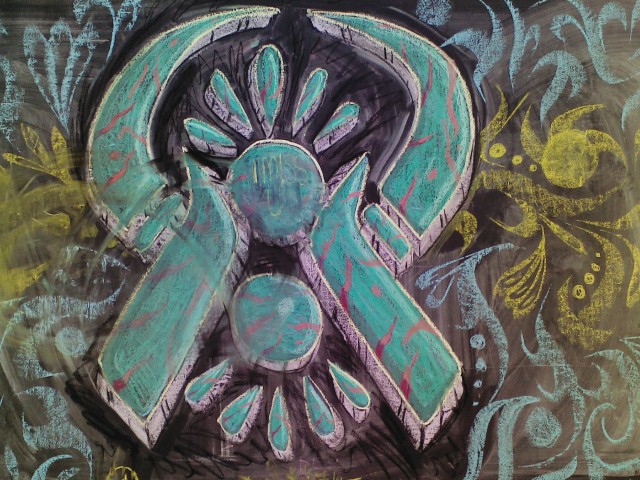
(Chalkboard near Fourth Street and Temple Avenue, Long Beach, CA)
August 27, 2017
Paul Vangelisti and John McBride were among the most productive editors and publishers of the golden age of small press publishing in the 1970s. The proliferation of MFA programs since 1980 has unfortunately all but erased recent literary history: how MFA program were barely worth mentioning to the majority of those committed to a life as a poet in the mid-1970s. The notion of a “career” as a poet back then was laughable. The production of books and magazines on an antinomian basis was quite serious, however; in fact, that’s all that mattered.
Vangelisti and McBride not only published dozens of books through their imprint, Red Hill Press, but also over two dozen issues of Invisible City, a magazine that deserves to have its entire print run issued in a single full-length volume. The magazine came out on newspaper-size sheets of paper, and although the paper stock is of very high quality, any scholar having to work with two or ore issues at the same time can find the process of notating comparisons a bit cumbersome. It’s a project that a university press (such as the University of California press) should undertake at some point, although it may unfortunately have to wait until the copyright to the poems expires. Fortunately, on the whole, the poems that appeared in Invisible City are exceptional examples of writing that will still hold up in another half-century.
As well as being a prolific and internationally recognized poet, Vangelisti is an inveterate publisher. At Otis College of Art and Design, he founded Seismicity Editions, as well as a pair of magazines, New Review of Literature and OR magazine. He will be retiring from Otis at the end of this coming academic year, but he has already launched another publishing project. Magra Books is a chapbook project, printed in Italy, that will come out on a steady basis as a quartet of chapbooks. In any given increment, all four will have the same color stocks for their covers. The first quartet had a pale blue; the second, a quietly luscious orange that teased the shadows cast by a nearby embankment of red clay.
The poets featured in each set will be familiar to readers of Invisible City and OR magazines. You can find out more information about this project at the website for Magra Books: http://magrabooks.com.
FIRST QUARTET (January, 2017)
Martha Ronk — The Unfamiliar Familiar
Ray Di Palma — For a Curved Surface
Dennis Phillips — Desert Sequence
Marcus Valerius Martialis — Epigrams (translated, with an afterthought, by Art Beck)
Of this quarter, I would especially recommend Beck’s translations of Martial’s epigrams. Beck’s “afterthought” is hardly as casual as the word usually connotes; as an epistolary poem, it uses the cumulative tone of the translated epigrams as a surfer uses an ocean swell, and the resulting glide initiates us as honorary members of his extended family.
Many poets associated with Los Angeles don’t actually write that much about living here, but Martha Ronk embeds herself in this city with quiet candor and rueful compassion for everyone who must endure the casuistries of daily life here. In examining “loss, its flannelly familiarity,” Ronk explores some of the same insinuating wrinkles that bunch up around the domesticated ordinariness of the partially suburban. Her poems in this collection remind me of Dick Barnes’s collaborations with Judy Fiskin. Indeed, “The Unfamiliar Familiar” contains a sequence of poems about photographs of houses, so there might be an influence. In any case, “Twilight Tracks House #3” is one of those rare poems where the rhythm and the images left me hungry to absorb the poem entirely, which is to say that I longed to memorize this elegaic aubade to the keen pitch of having its syllables roll around in my consciousness like sated lovers about to be aroused again. Ronk’s chapbook concludes with poems I remember seeing recently published: a set of homages to Raymond Chandler’s classic novels about Los Angeles.
The late Ray Di Palma’s writing consistently contributed to the dialogue in Los Angeles and on the West Coast from the early 1970s onwards through his appearance in Vangelisti’s sequence of magazines, starting with Invisible City. This chapbook is a fine example of a collage call-and-response between the epigrammatic titles and sardonic clarification.
Dennis Phillips has been writing long poems for a half-century. Of all the poets I’ve ever met in Los Angeles, he is the one who most benefits from having his poems heard with as much duration as possible. As if to urge us to do so, the poems in Desert Sequence are assigned to a quintet of voices, the first of which acknowledges in a prose poem that this chapbook is part of a larger project, Mappa Mundi.
“Here. Hold this open for a long minute because we both know it’s about to go away.
If this is a map then all maps are maps of the world and any sentence is a narrative, but:”
In Phillips’s absorption of the desert’s map in the conjunctions that follow, we are given important cautionary reminders about the cartography of the imagination.
SECOND QUARTET (July, 2017)
Gillian Conoley — Preparing One’s Consciousness for the Avatar
Robert Crosson — The Price of Lemons: Or; Some of the Worst Movies Ever Made
Corrado Costa — The Dodo or The School for Night
Paul Vangelisti and William Xerra — Toodle-oo
I have to confess that I’ve always had some hesitations about Conoley’s poems. While moments in her poems have usually caught my attention, some aspect of her associative logic would inevitably throw me off course. Perhaps, finally, I am beginning to acclimate myself to her distinctive cadences. Oddly enough, it isn’t the title poem of her chapbook that delivers this entryway, but rather “Life on Earth” and “The Right to Be Forgotten.” If I were putting together an anthology of outstanding recent poems, this pair would easily make my short list.
Robert Crosson’s memoir of his life as a young aspiring actor and modest success is one of the most charming and candidly droll accounts of being an artistic ephebe in the early 1950s. It’s the perfect counter-balance to read, after watching your favorite film noir.
Corrado Costa’s Th Dodoreminds me of Ionesco’s early plays, and in all the right ways.
One of the most remarkable qualities of Toodle-oo‘s meditative lyricism (or should I say “its lyrical meditation”) is that it refuses to make the least effort to seduce the reader. To no avail, for I could not help but succumb to the primary gravitational force of the poem: the candor of the immediate. In identifying that factor, it’s crucial not to confuse “the immediate” with “spontaneity” — that trompe l’oeil of mid-century avant-garde nostalgia for some Dionysian avatar. This poem follows much more subtle, actual scents, and as I read, I breathed deeply, slowly, releasing the agitation of my ordinary day.
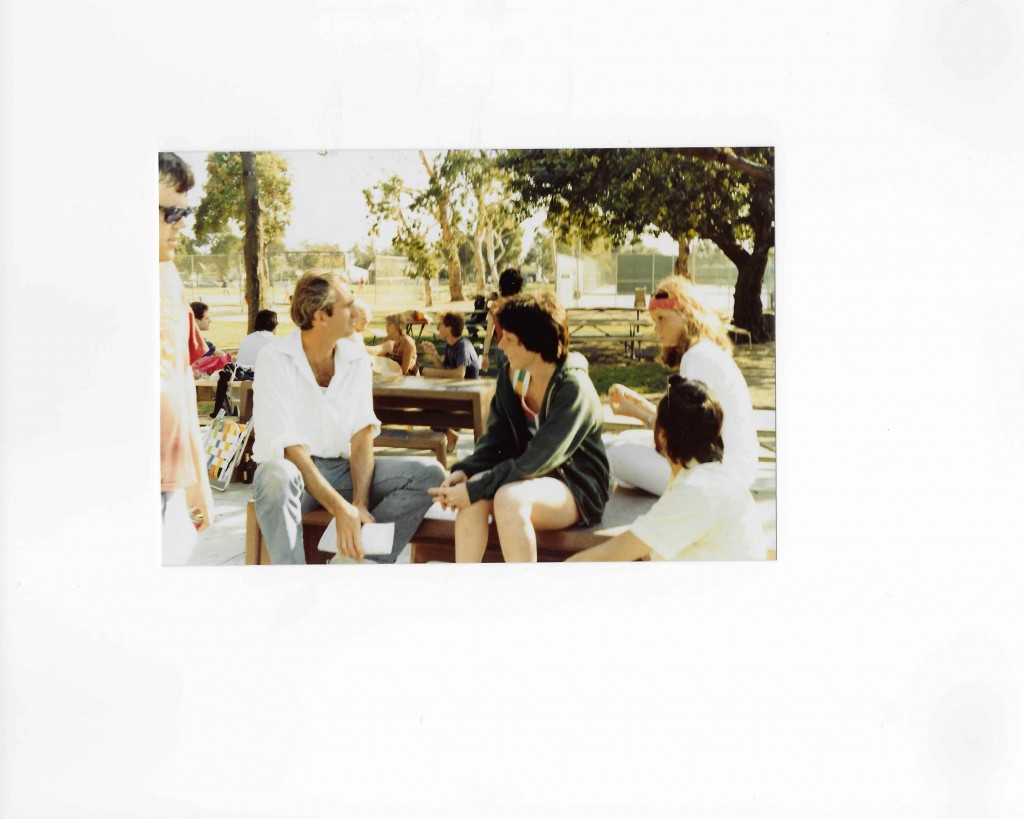
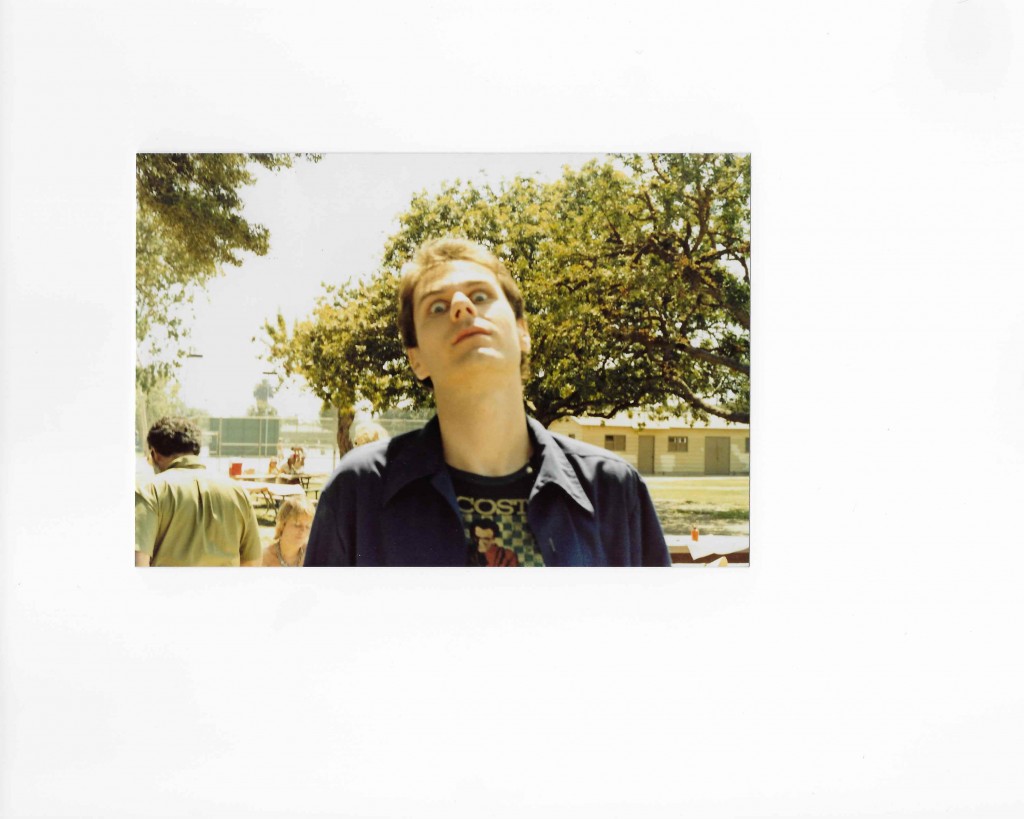
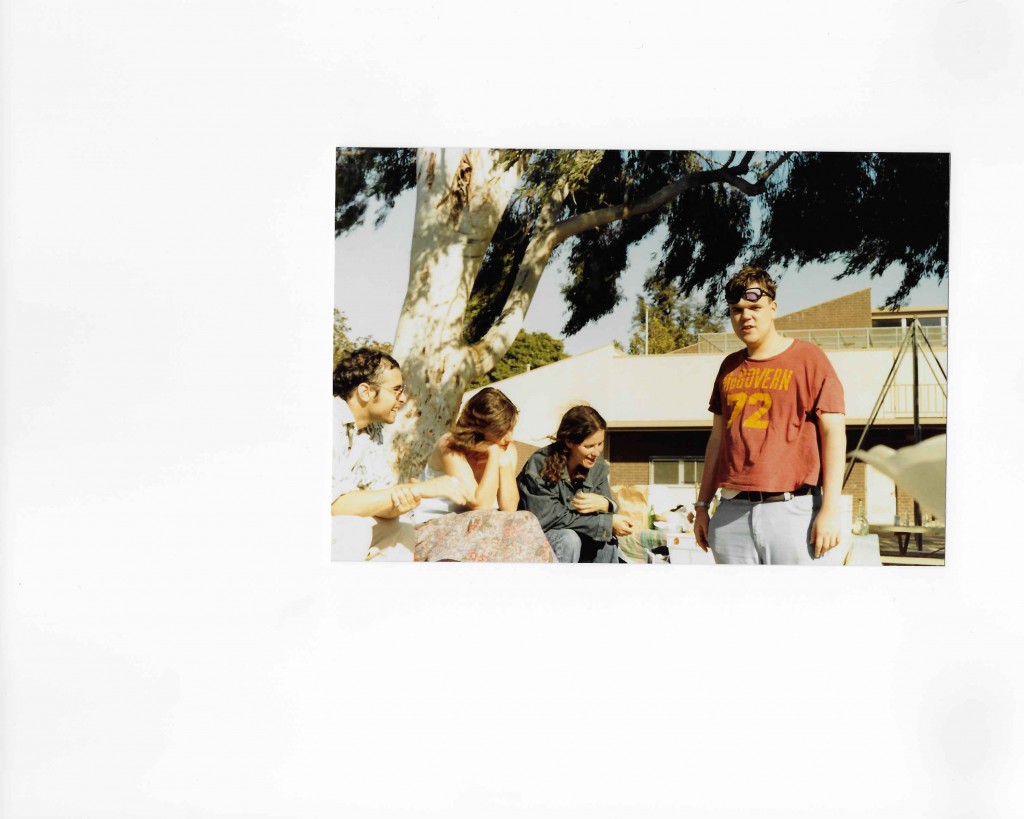
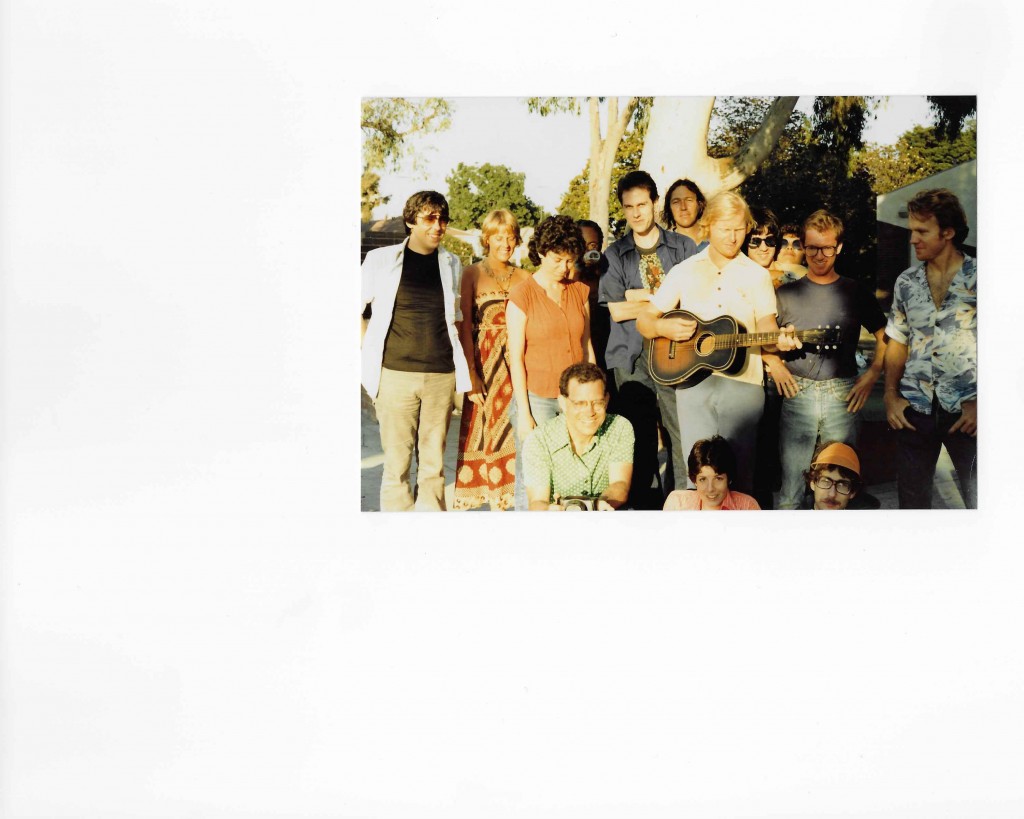
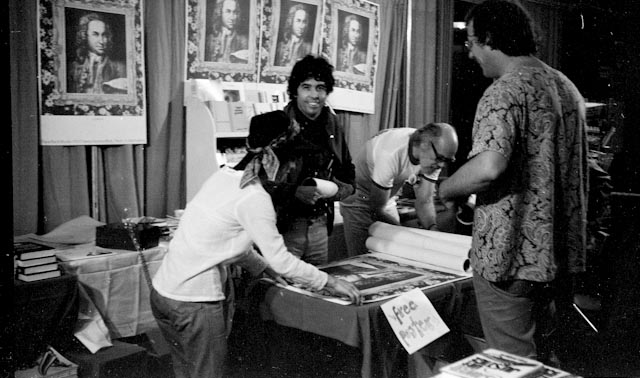
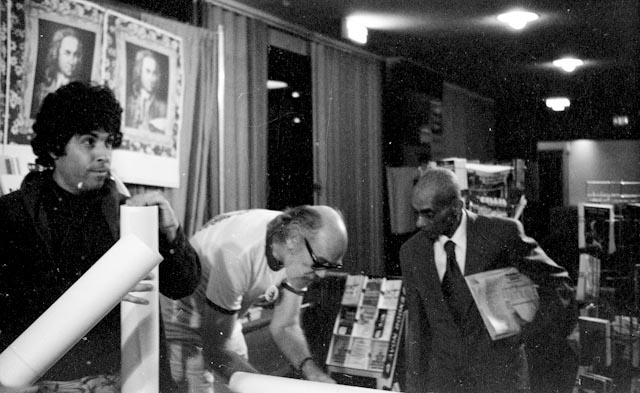
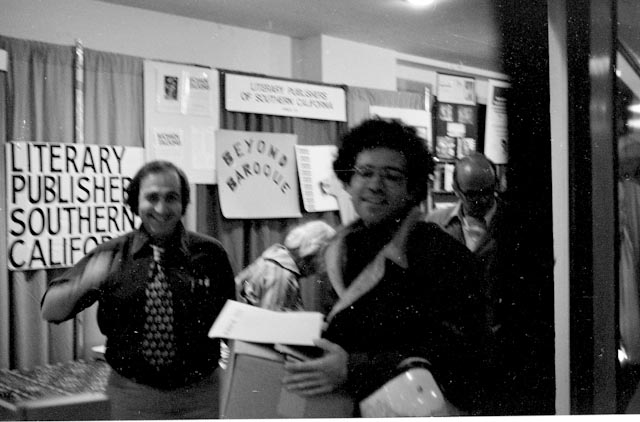
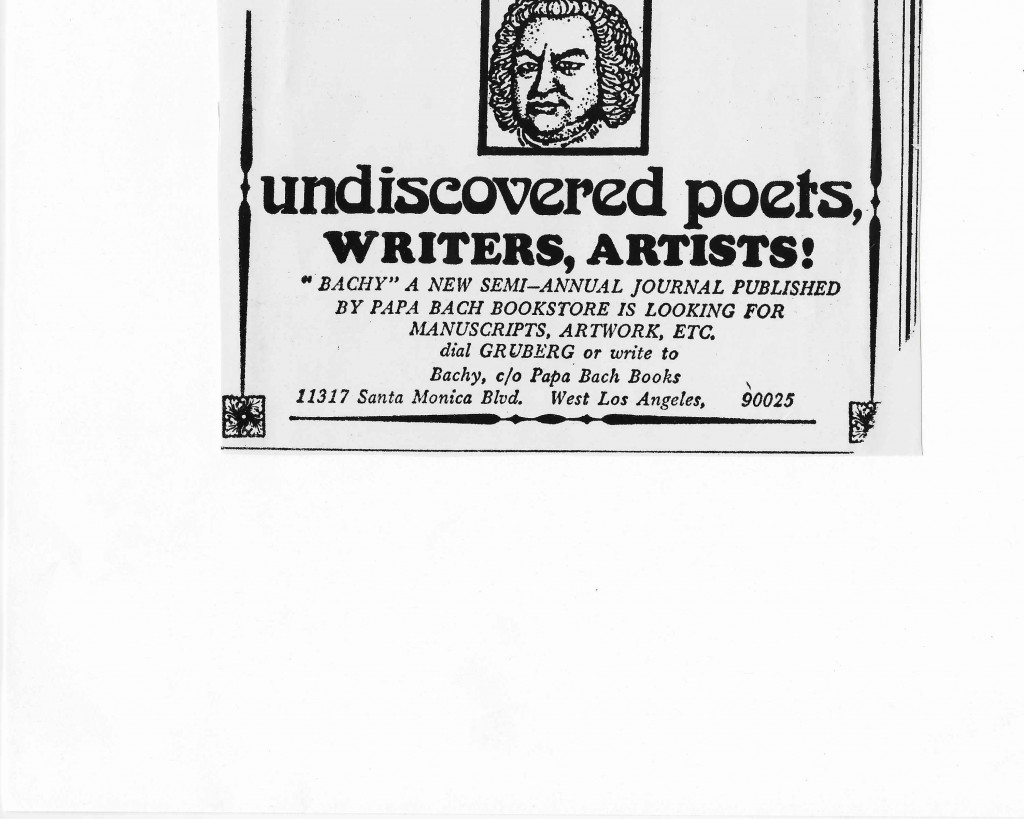
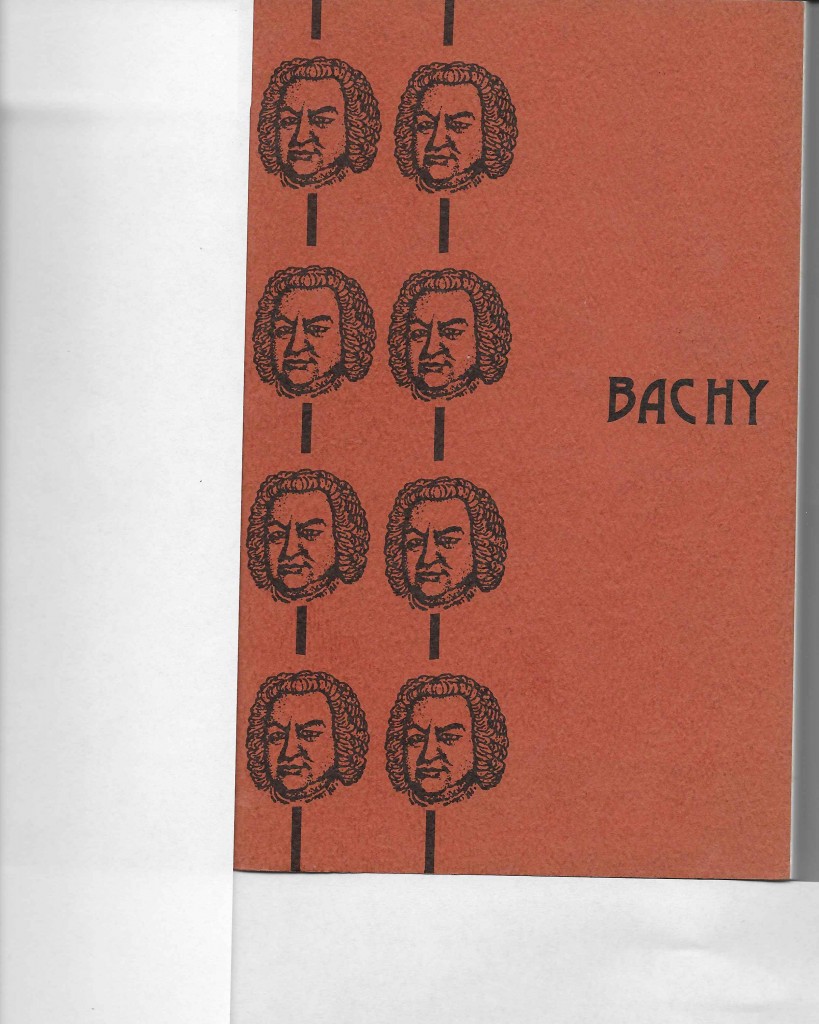
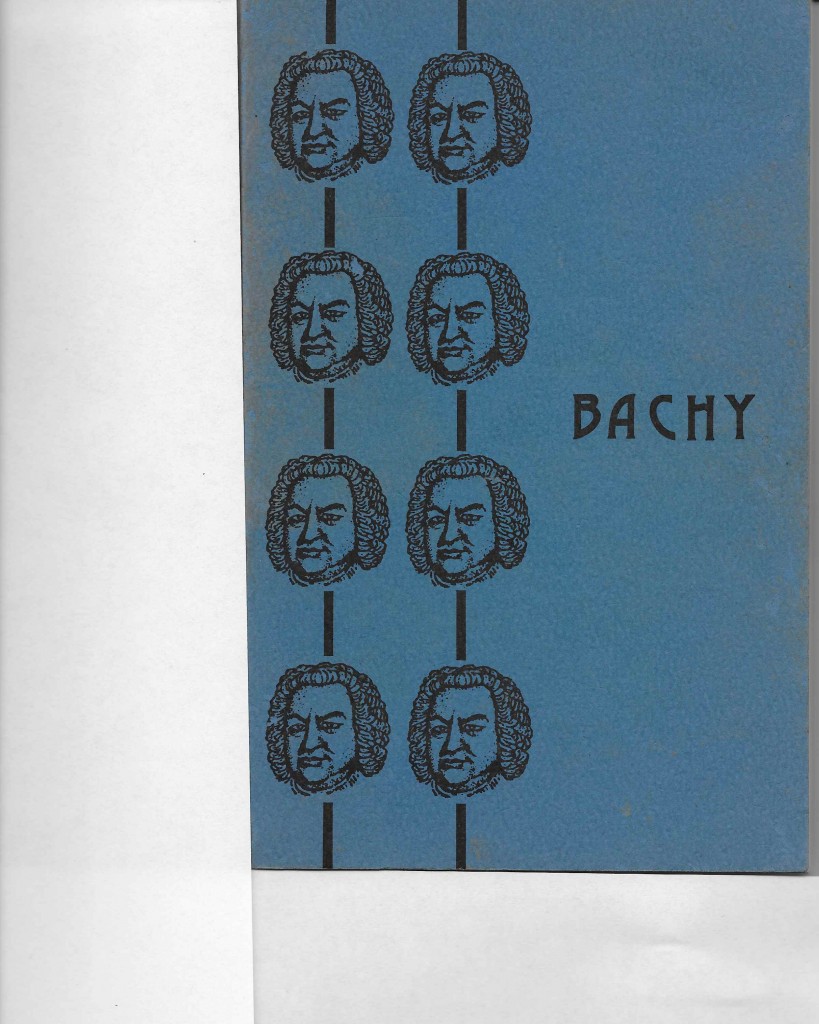
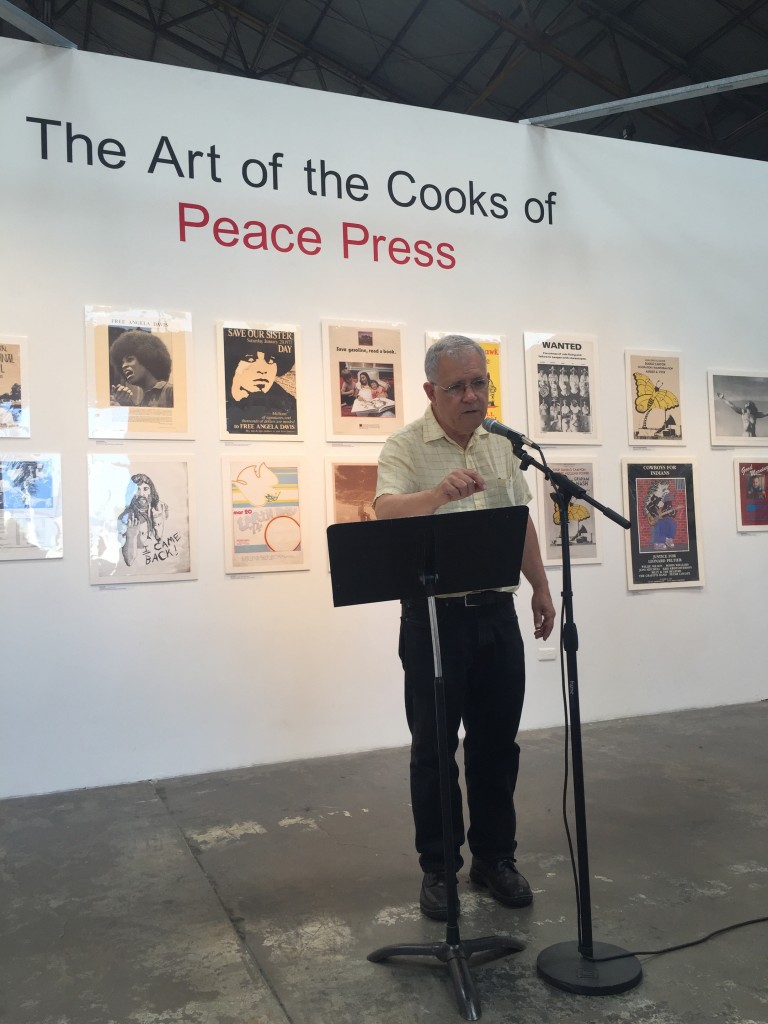
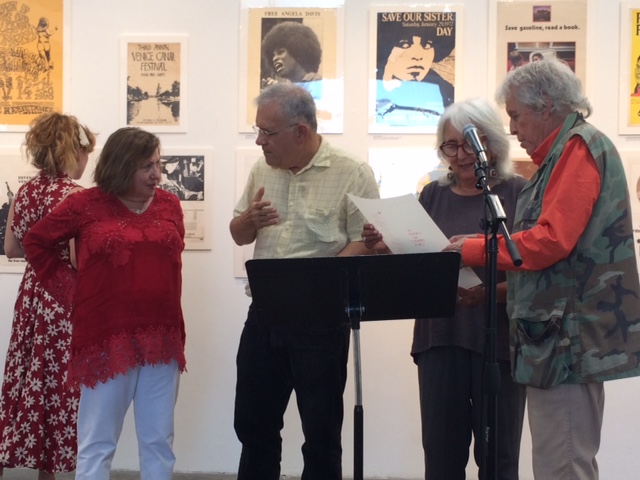
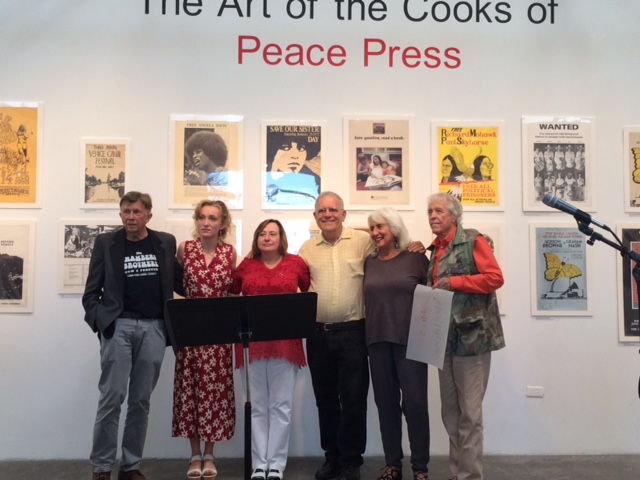
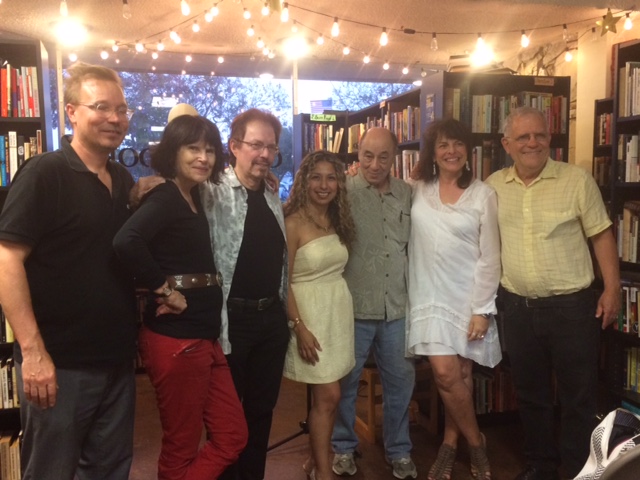
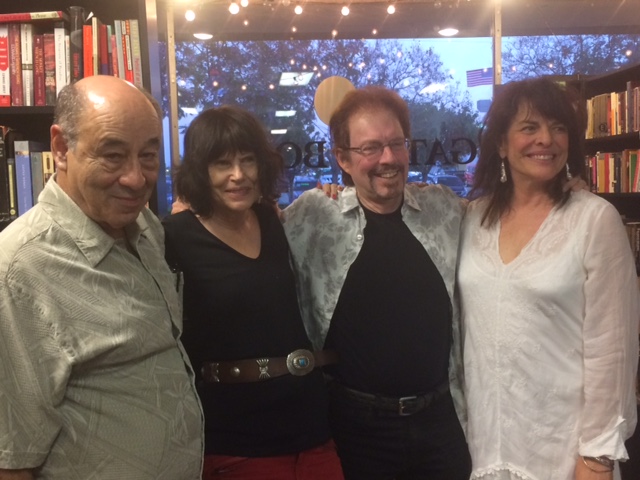
 About Bill Mohr
About Bill Mohr